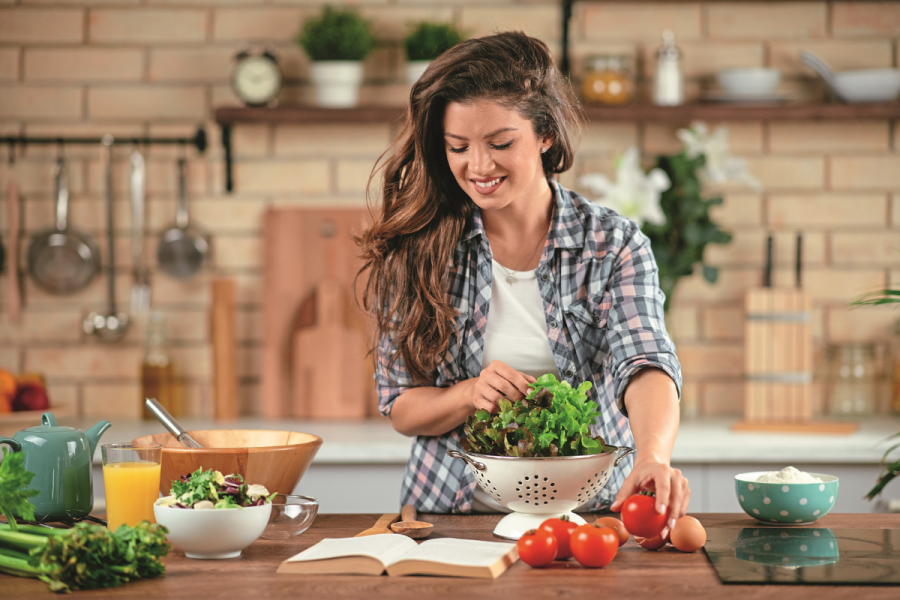Ultra-processed foods now make up 57 per cent of the UK diet – and the risks are becoming ever more evident. Author of Sunday Times bestseller Unprocess Your Life, Rob Hobson shares how to recognise UPFs and how to make healthier choices, as well as sharing 6 tips to improve your diet.
Q: What are ultra-processed foods?
There is no agreed definition of an ultra-processed food. However, they generally have five or more ingredients and can’t be created at home. They include additives and ingredients such as preservatives, emulsifiers, sweeteners, artificial colours and flavours. These foods also have a long shelf life and are manufactured to be convenient, cheap and hyper-palatable, which means they are easy to over-consume.
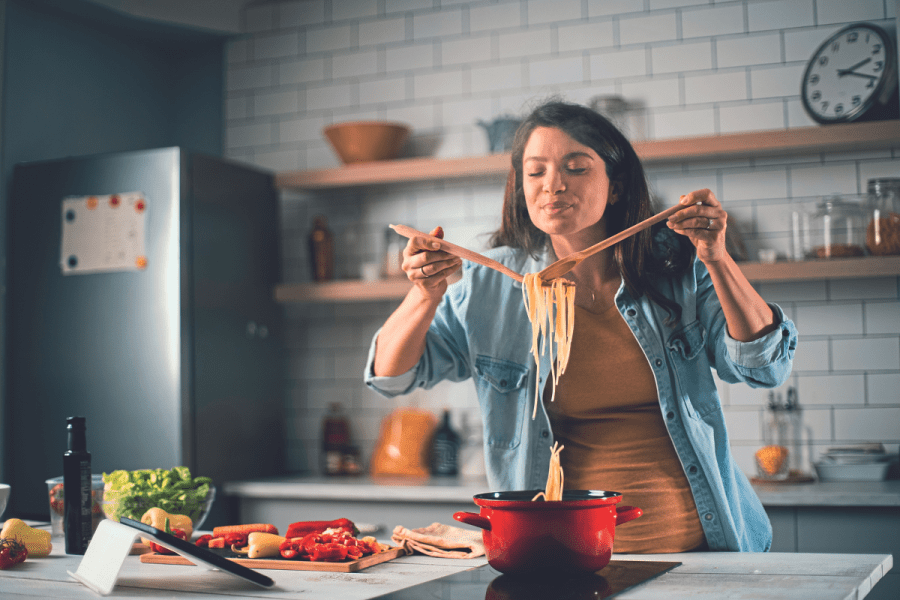
Q: What’s the difference between processed and ultra-processed foods?
There are several categories of processed foods, which is why it’s a little confusing. Minimally processed foods are those that have undergone small changes to their natural state to preserve their shelf life while retaining their nutritional properties. This includes frozen vegetables, tinned pulses in water, parboiled grains, or pasta (made from flour and water).
Processed culinary ingredients are from nature and obtained by processes such as mining, refining, pressing and extracting. This includes salt, sugar, butter, honey, maple syrup and olive oil. Processed foods therefore are created by adding salt, oil, sugar and other processed culinary ingredients to minimally processed foods. This includes canned vegetables in brine, salted nuts, canned fish in brine, freshly made unpackaged bread and cheese. Other ready-made foods would fall into this category such as fresh ready-made sauces, shop-bought items like salads (no dressing) and convenience meals that contain natural ingredients with no additives.
Q: should I avoid all ultra-processed foods?
There is no need to avoid them altogether as this is probably not a realistic or sustainable approach long-term. It’s important to approach the topic of ultra-processed foods (UPFs) without overly simplifying it as a matter of “eat this, not that”. Food choices are influenced by various factors, including budget and convenience, which are not always within an individual’s control. For instance, suggesting homemade bread or expensive sourdough as alternatives to packaged bread may not be feasible for everyone.
Such recommendations could even impact their overall nutritional intake if bread is a staple in their diet, which is one argument around such nutrient-dense UPFs. Instead, it’s about finding solutions; in this instance it could be to bake just one loaf a week alongside your other packaged bread, make other homemade bread options such as wraps and pitta, which are quicker to prepare, or simply compare the labels to find the best one you can within your budget and focus your energy on other areas of your diet.
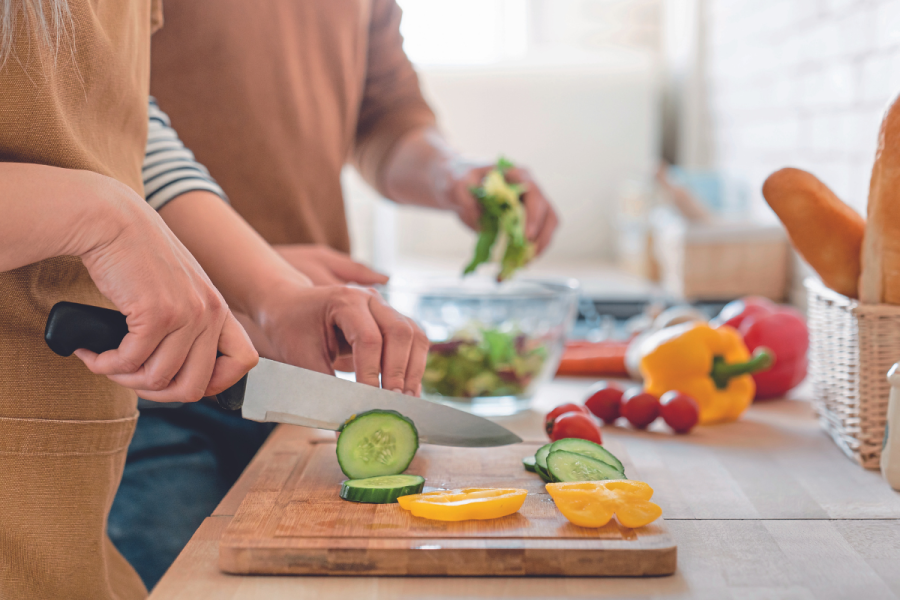
Q: How can i get into the right food mindset?
Like anything to do with changing the way you eat, it is important to find the right mindset, so you are motivated to choose foods and eat them in a different way. Try the following:
• Find a passion for cooking
You can’t live an unprocessed life without doing some cooking. Start with simple recipes like traybakes (try this chicken and vegetable version!) and one-pot dishes. Cooking regularly, even once a week, boosts your confidence and skills. Experiment by adding herbs and spices to basic recipes, like tomato or red pepper sauce.
It’s good to go off plan sometimes to experiment with new flavours or adapt recipes you have become familiar with. As you master unprocessed cooking, explore other cookbooks and websites for new cuisines. Cooking with others, like friends or family, can be fun and educational. Also, investing in good kitchen tools to enhance your experience is a good idea, like sharp knives and the right-sized bowls.
• Make time for food
Prioritising food preparation and mindful eating is crucial for a healthy lifestyle. By dedicating time to think about, prepare and enjoy meals, you’re less likely to rely on ultra-processed foods. This habit not only leads to healthier food choices but also supports physical performance, mental alertness and emotional wellbeing.
Eating with others enhances social connections, and mindful eating reduces stress. Embracing home cooking and meal planning is part of a broader self-care approach, recognising the vital role of nourishment for overall health and wellbeing.
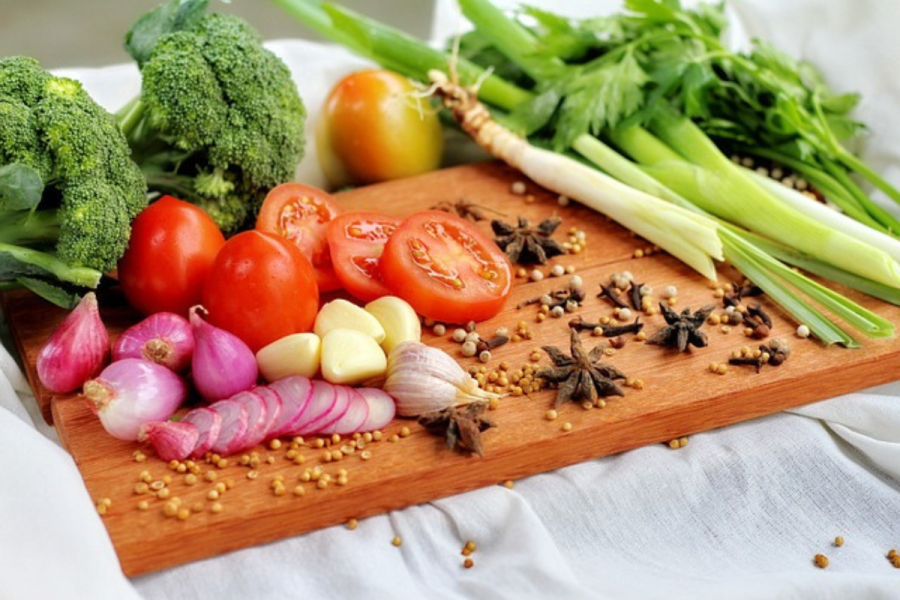
• Prioritise unprocessed foods
Embracing a diet rich in whole foods, free from ultra-processing, is key to a healthier life. These foods are nutrient-dense, packed with vitamins, minerals, phytonutrients and fibre, and lower in harmful saturated fats, sugar and salt. This helps in proper body functioning and reduces disease risk. The Mediterranean diet, for example, is a well-proven healthy eating pattern.
As a nutritionist, I emphasise the importance of dietary fibre, which is often lacking in the Western diet and is vital for heart health and cancer prevention. Whole foods are also naturally filling, with more fibre and less added sugar, unlike ultra-processed foods which, with their mix of
fats, sugar, salt and additives, can lead to overeating and weight gain.
Moreover, whole foods offer complex, natural flavours, far superior to the artificially enhanced tastes of ultra-processed foods.
By prioritising whole foods, you avoid harmful additives, and, over time, your taste preferences will shift away from excessive salt and sugar, enhancing your enjoyment of natural flavours.
The sensible approach to living an unprocessed life is to be realistic. Don’t get too hung up on individual foods. Focus on making lots of small changes to your overall diet and try cooking from scratch where you can while being mindful of the food choices you make outside of the home, considering how nutritious the food is and to what degree it has been processed. These small changes will add up to a healthier life.
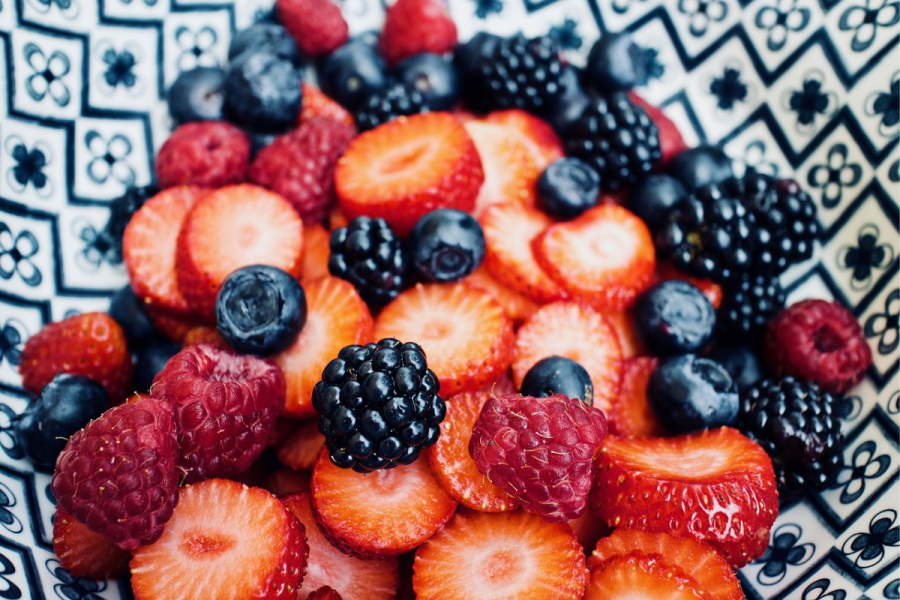
6 tips to improve your diet
Try Rob’s six tips when cutting down on ultra-processed foods.
1. Look in your cupboards
Take a good look at what you eat and what is in your kitchen cupboards so you can see what your intake of UPFs is to begin with. From here you can start to plan your strategy.
2. Have back-ups
Determine your weakest point during the day when you would often rely on a UPF to get you through. This could be your work lunch, when you feed the kids, or when you come in from work and can’t face cooking. I would try to work on this part of the day first.
3. Make homemade versions
Look at some of the UPF meals you have on a regular basis and think about making your own homemade versions. Start with a couple of recipes and try batch cooking them to keep some set aside for convenience and cost saving, as cooking from scratch can be more expensive in some cases. This might be a homemade pot noodle, fishcakes, or curry instead of a ready meal or takeaway.
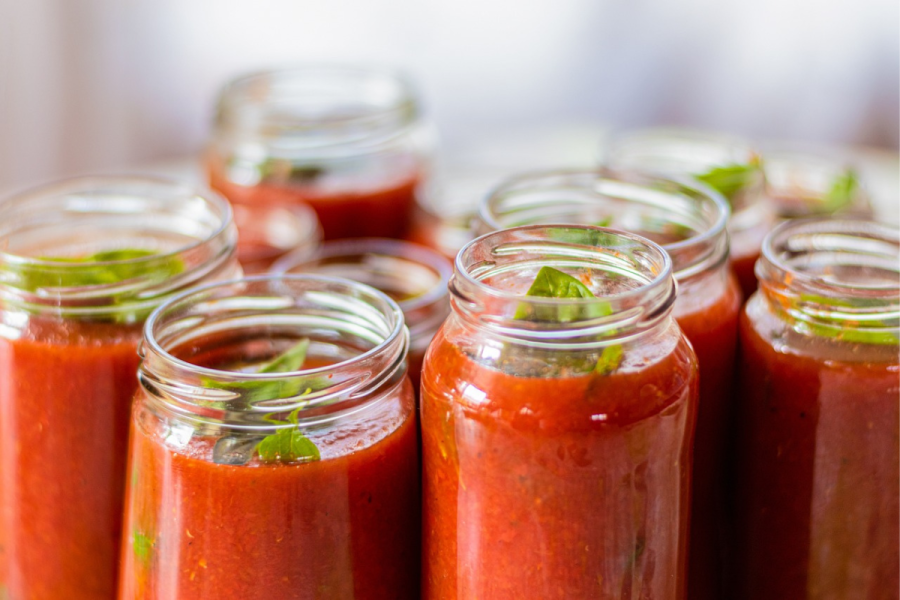
4. Check sauces
Have a look at some of the condiments or sauces you eat on a regular basis. You can try to make a few of these. Even if it is just one to begin with so you get into the habit of making this one instead of buying it. It could be tomato ketchup, pesto sauce or hot sauce.
5. Scan the labels
You don’t have to make everything from scratch as some shop-bought products are much better than others. Take plant milks for example – some are just the grain, legumes or nut along with water and a pinch of salt while others contain additives such as maltodextrin and stabilisers in the form of gums. You just need to understand what to look out for on the label.
6. Start small
Don’t view all of this as a chore. Start slow and simple and work from there. Involve the family to make it more pleasurable and teach them a few things about home cooking and healthy eating.
It also doesn’t have to get expensive as there are often ways to source cheaper foods, which can mean stepping outside of the supermarket and shopping in multiple places on the high street.
Rob Hobson is the author of Unprocess Your Life: Break Free From Ultra-Processed Foods For Good (£18.99, HarperCollins), out now. Find Rob at instagram.com/robhobsonnutritionist.
Images: Shutterstock, Pixabay

